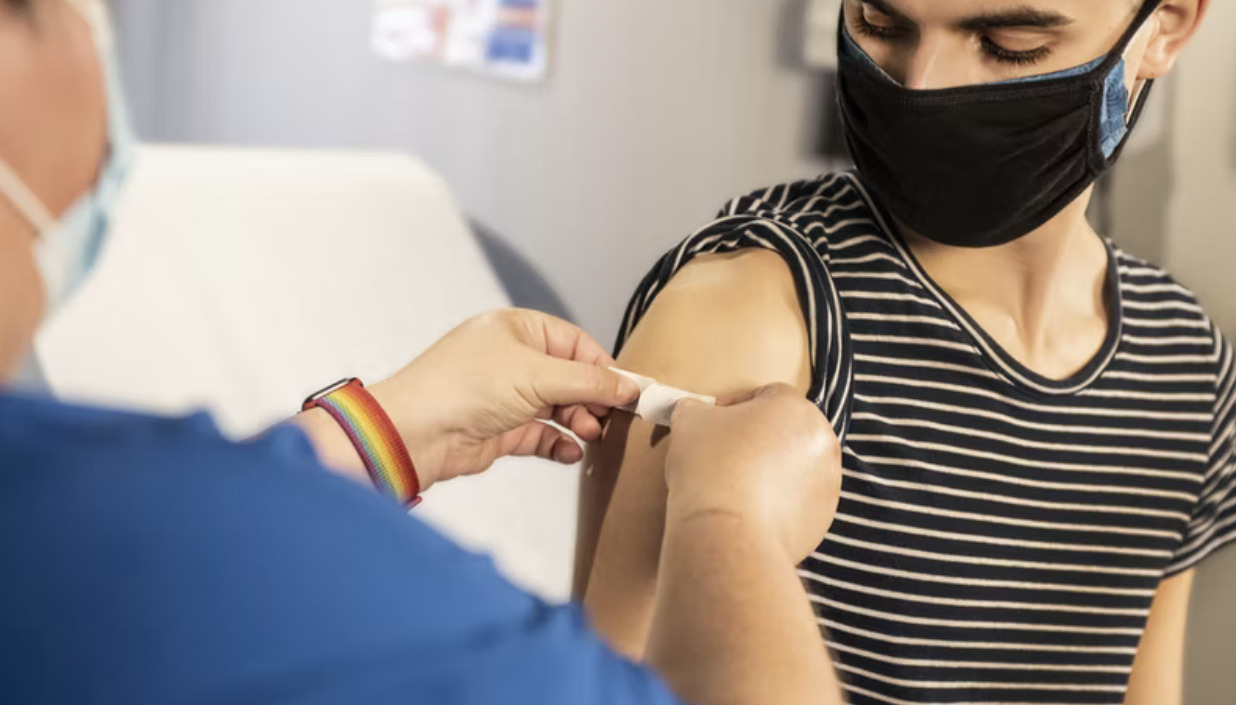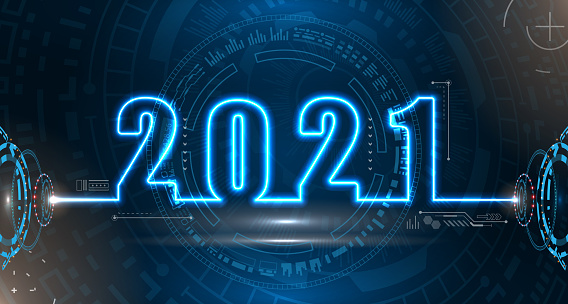Since the beginning of the pandemic, governments around the world have started to carry out different measures to stop the rampant spread of the virus. We are getting used to the pandemic lifestyle, getting familiar with the home offices, remote classes, and online shopping. However, the technology did not stop advancing, thanks to the efforts of technical experts and the help of the well-developed infrastructure, the 5G network is becoming more and more common, creating a lot of possibilities for technologies of different aspects. Let’s take a look at the top 5 worth-to-mention technology breakthroughs in 2021.
Robot, IoT, and AI
The enhancement of networks and the reduction of innovation costs led to a broader application of robots, IoT and AI, the city is hence more efficient and productive.
Thanks to Industry 4.0, manufacturers are able to apply cameras and computer vision on the production line. 5G networks helped minimize the delay in real-time monitoring so that the productivity can be calculated instantly, swiftly develop a better SOP and production line balancing plan, automize the quality control process, enhance productivity and quality. For the logistic industry, automated guided vehicle (AGV) technology is adopted to assist the operation and package transition process. Delivery through automated vehicles and drones is also becoming more common and maturely developed.
Apart from Tesla’s Autopilot car and the driverless buses in Olympic village in Tokyo. Autonomous taxis are also started to be in use in cities like Shengzhen and Beijing. (Check out more about the technologies used in Tokyo Olympic 2020)
In Business World: Deeper Digitalization and Artificial Intelligence Use
In 2021, different industries are starting to develop their online business, as well as adopting all kinds of digital technologies, to reduce cost, increase efficiency and quality. Especially for the retail industry, e-commerce has become a lot more profitable nowadays. Through an online platform, companies may provide more personalized product suggestions and tailor-made loyalty programs to the customers. Combining also the O2O point acquisition system, the shopping experience of customers can be enhanced in many ways. The same applies to offline business, catering firms like Sushiro applied various AI systems, to develop a brand new operation model from ordering, serving, and collecting dishes. A smart inventory management system can also help estimate an accurate order amount, ensuring food safety and avoiding waste.

Financial Technology (FinTech) is developing at a fast pace. From mobile payment, virtual banks, to investing applications, FinTech is bringing the traditional finance and banking industries from offline to online. There are more new and creative ways to enhance the user experience in FinTech, such as the CRM elements: friend invitations, e-red pockets, point-based loyalty programs, forums for discussion; Security technology like biometric authentication, simplified based account establishment, loan approval, AI customer server, and so on.
Read more: How do virtual banks in Hong Kong acquire and retain customers? | Consumption voucher scheme: What we can learn from e-payment platform
The examples of catering and financial industry demonstrated the use of Robotic Process Automation (RPA). Apart from ordering and inventory management, RPA can be used in transferring data across different servers, recruitment, salary calculation, and other operational aspects.
Argumentative Reality (AR)
AR Technology enhanced our shopping experience at home, we can select products just like we were in the retail store. Ikea has launched an application in 2019 to let customers preview the furniture in their home with the use of AR technology. With the trend of adopting AR technology in business, estate agencies are also promoting VR/AR flat inspection, customers may now walk through the flat comprehensively, as well as preview the remodeling result from their tablets without actually being there.
Volvo also caught up with the trend and developed AR glasses for drivers. The glasses combine virtual graphics and reality, demonstrating driving data and real-time traffic news in front of the drivers. The glasses are also equipped with the eye-tracking function, monitoring the level of concentration of the driver, as well as assisting drivers to handle the emergency, ensuring traffic safety.
Metaverse
Metaverse is gaining recognition after Facebook named it Meta, it is about building a simulated universe in the virtual world via a large number of engines, and the use of the Internet and AR/VR technology.

Due to the pandemic, we are starting to shift as many tasks as possible from offline to online, even for basic communication. Metaverse helped us to be closer over the social distance. The combination of simulation and reality allows us to communicate and run events in the virtual world. There are already virtual offices, virtual parties, virtual concerts, and even virtual sports events, more is yet to come in the future.
Moreover, the widespread use of blockchain and cryptocurrency illustrated the feasibility of metaverse in the future.
Medical, life science and Biotechnology
Undoubtedly, the pandemic made a far-reaching impact on medical and biotechnology development. Since the beginning of it, different parties in society have been paying attention and support, hoping the pandemic will be leaving soon, and the economy will revive as soon as possible. There are big signs of progress in terms of research and development of vaccines, specimen tests, treatment, sequela tracking, medicine manufacturing, and so on. Medical experts from all around the world are doing their best in fighting the virus, just like an industrial revolution of the medical technology industry.

Read more (in Chinese): 2021 Rewinds: Technology Breakthroughs and Advancement | About Pandemic: Vaccination, Treatment, and Challenges after COVID-19 pandemic
Besides, the technologies of genetic engineering and interspecies organ transplants are having a breakthrough recently. A medical team successfully transplanted pig kidneys and pig hearts into two patients, finishing the first-ever interspecies organ transplant surgery. The pig organs used in the surgery are genetically modified, minus the sugar molecule that rejects human bodies. The successful case is the cornerstone of success for the future organ transplant technology. Hopefully, the waiting time of organ transplant surgery will be shortened, and there will be good news for the patients that are waiting for help.
AR technology is starting to be used in the medical aspect. During the surgery, the AR equipment will provide the surgeons with a 3D organ model such as the cardiopulmonary system or the spine system, demonstrating the locations of muscles and blood vessels, ensuring the accuracy of the surgery.
At last, since more tasks are being done online, telemedicine is becoming more common in Mainland China, the United States, and other countries. HKT has also launched its telemedicine platform called DrGo, providing users with remote diagnosis services. (Know more about our case study of telemedicine)
